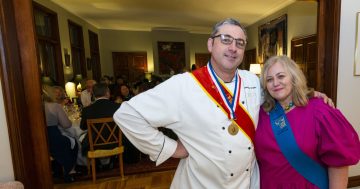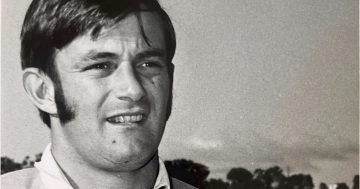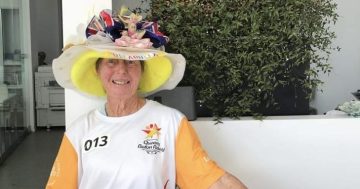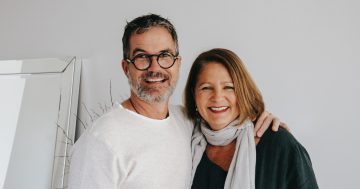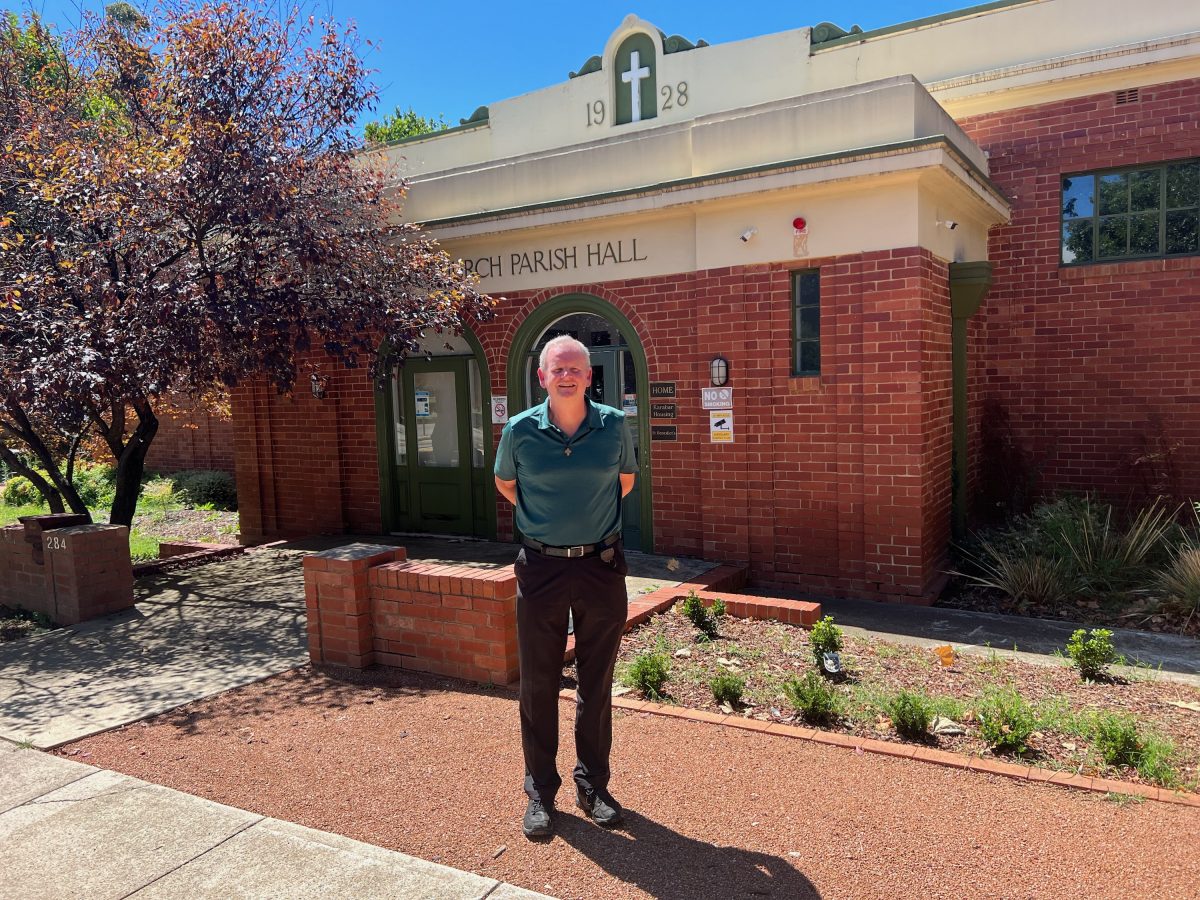
HOME in Queanbeyan founder and live-in caretaker Father Peter Day. Photo: Tim Gavel.
As a young man, Peter Day aspired to be a sports journalist, a passion he pursued at the ABC and the now-defunct 2SSS.
He was also a fast bowler of note with Weston Creek, Tuggeranong and the ANU, and he was in the ACT squad along with stints in England.
Life was seemingly set and on a trajectory.
Peter worked with me at 2CN, now known as ABC Canberra. It was in the early 1990s but it was long enough to instil a memory of him terrorising many a journalist in courtyard cricket.
In about 1992, Peter opted to give it all up in search of greater meaning in his life. This led him to the inner suburbs of Sydney where he was determined to help people living on the street.
In an extreme effort to fully understand what it was really like to live on the streets of Kings Cross, he did just that for eight months.
“Admittedly, it was contrived as I could always leave, but I developed a sense of the issues faced by people living on the streets, including loneliness,” he recalls.
He spent eight years in Sydney, where he also completed seminary training for the priesthood.
Peter was ordained as a Catholic Priest in Queanbeyan in October 2000. And with his ordination, he set about doing everything possible to better the lives of others.
The idea of creating a home for people living with a mental illness in Queanbeyan came during a meditation session at St Raphael’s Church in 2004.
“What I wanted to create for the mentally ill wasn’t a refuge but a home,” he explains.
It took him seven months to get it started. It began to materialise following a conversation during tennis with Anne Pratt, who embraced the idea.
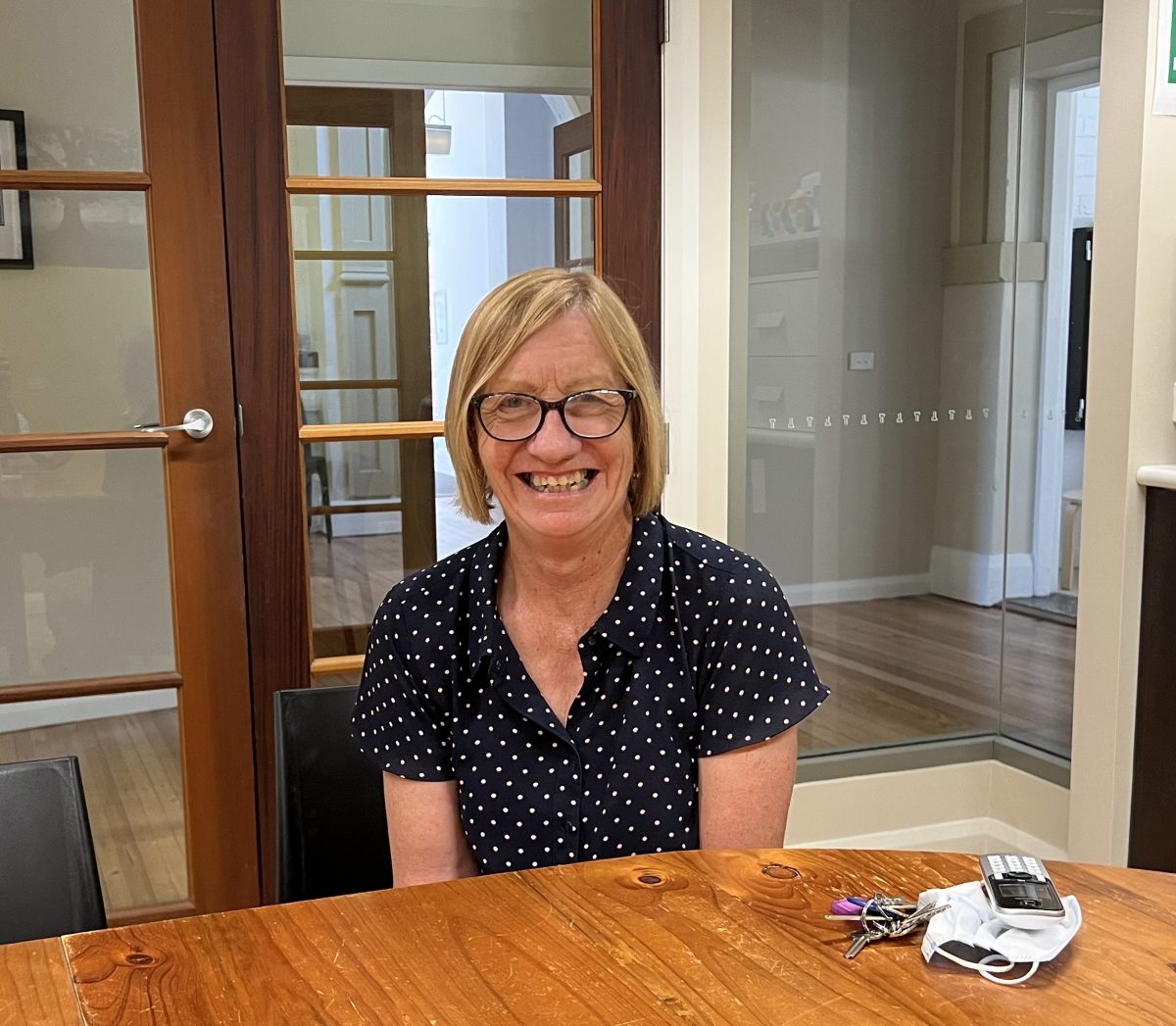
Home manager Anne Pratt. Photo: Tim Gavel.
By 2010, with funding provided by the Federal and State Governments and local businesses, HOME in Queanbeyan came to be.
Thirteen years on and HOME provides supported accommodation for 14 men and six women with a mental illness, the youngest being 30 and the oldest 71 years of age.
All have been diagnosed with chronic mental illness, primarily schizophrenia.
Peter, along with being the founder, is also the live-in caretaker.
“I’m the happiest I’ve ever been,” says Peter. “I get a lot more out of it than I provide. Our residents need friendship and love. Mental illness is a very lonely disease.”
Almost everyone associated with the functioning of HOME has a personal connection with family or friends with mental illness.
Anne Pratt, who helped the concept become a reality, manages the facility.
“My husband Bernie had a mental illness, and he took his life,” she says.
“I have always had an involvement in helping others. HOME is a natural fit. It gives me life.”
Franca Jones, with more connections than most in Queanbeyan, is on the committee.
“I had a friend with mental illness and couldn’t help her at the time, so when I was approached about being involved with HOME, I jumped at the opportunity.”
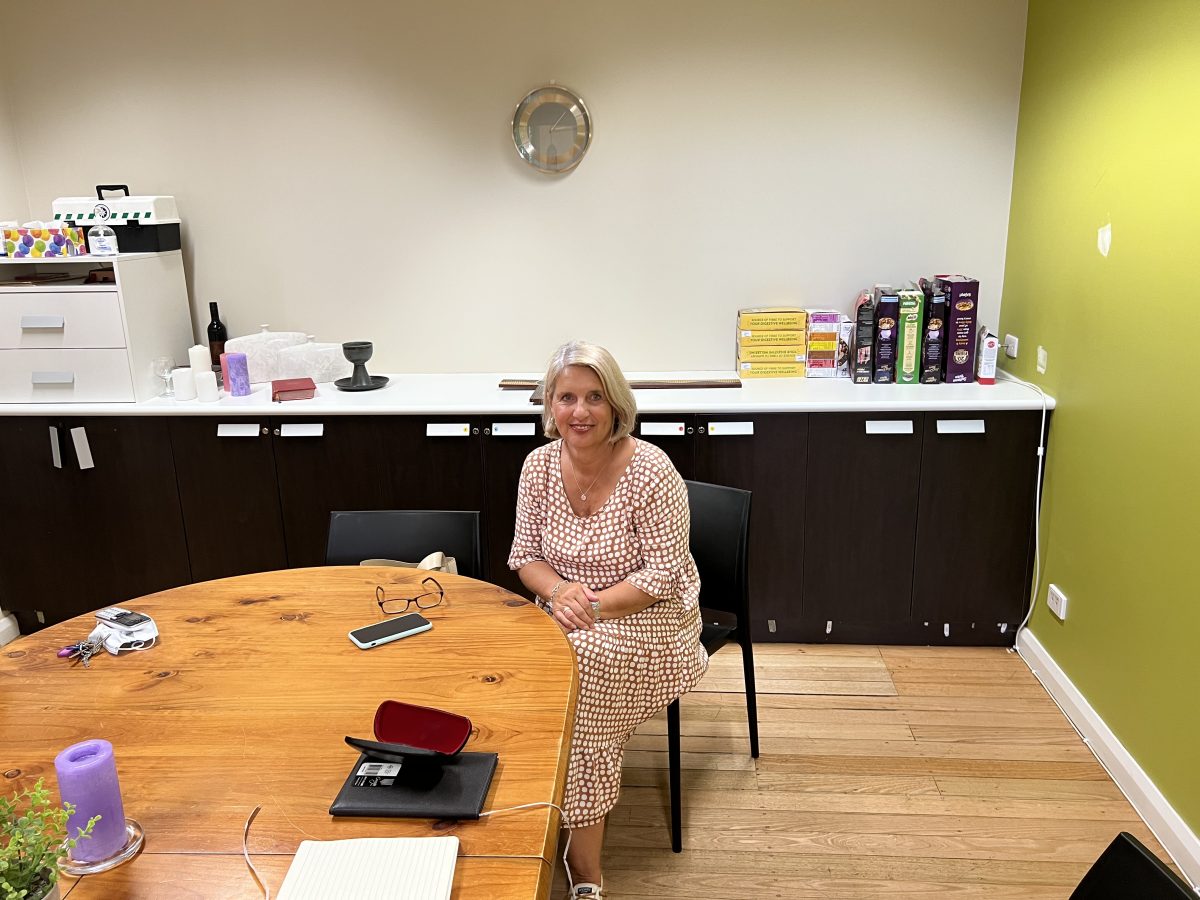
HOME committee member Franca Jones. Photo: Tim Gavel.
HOME in Queanbeyan is self-funded, something Peter believes is important to the culture.
“We don’t seek government funding for the ongoing operations. While we are grateful for the government assistance provided to establish HOME, it would impact on our culture if we were reliant on government funding.”
Anne said there are no plans to grow the facility. Instead, the focus is on providing for those in their care.
“To care and love,” Anne says. “We couldn’t do it in huge numbers.”
But the facility requires continual effort and support.
As Franca says, it was particularly difficult during COVID.
“It is hard to raise funds. COVID has impacted and we have no ongoing government funding. It’s our choice, as it’s very much about community.”
Residents pay around $250 a week, which is heavily subsidised, leaving the committee around $300,000 a year to find to keep HOME operating.
And you can help them do this.
The committee is about to have its first fundraising movie night in three years at the Q on Friday, 17 March, at 6 pm.
So come along and put your support behind HOME in Queanbeyan. You can begin by clicking HOME in Queanbeyan movie night.
Original Article published by Tim Gavel on Riotact.







